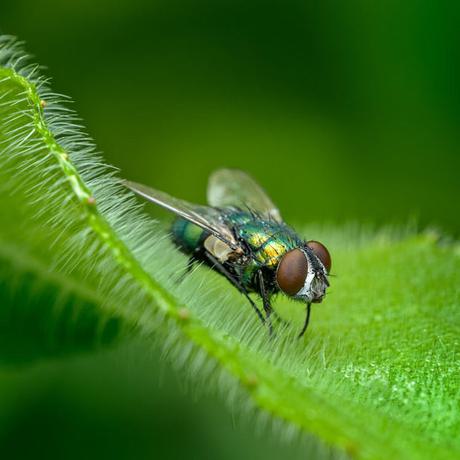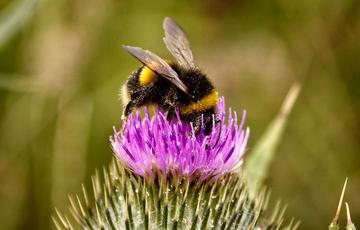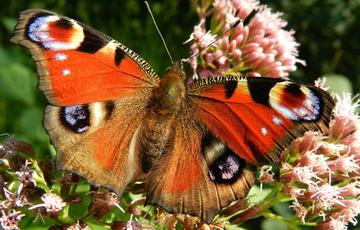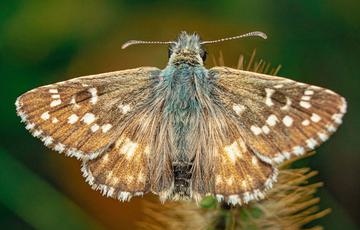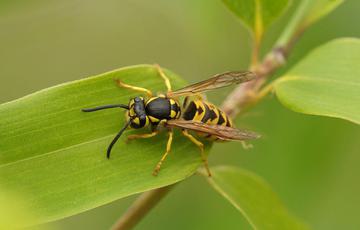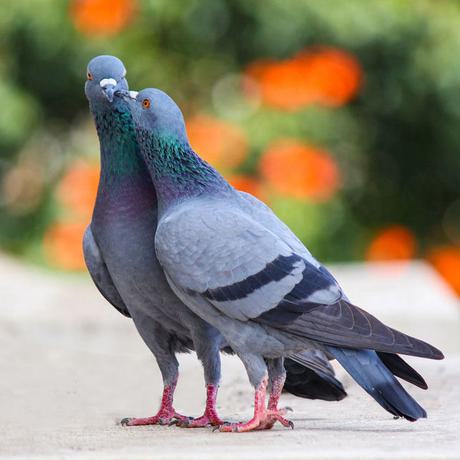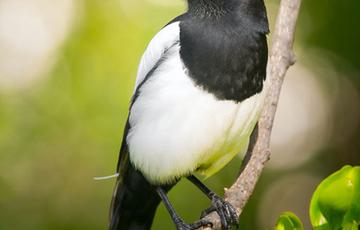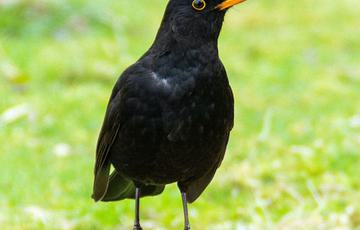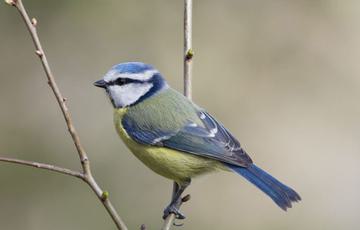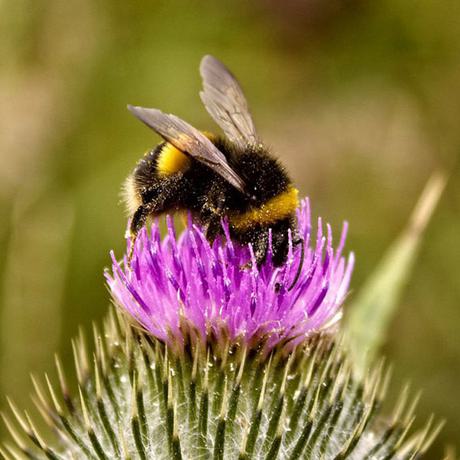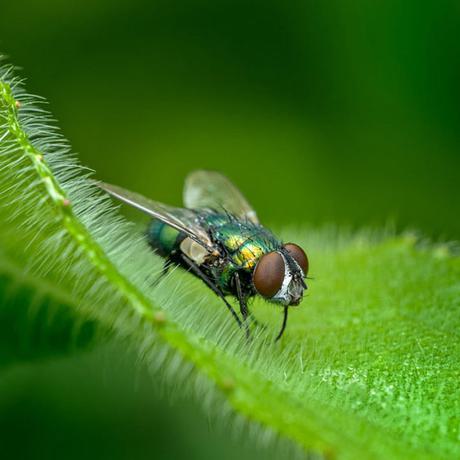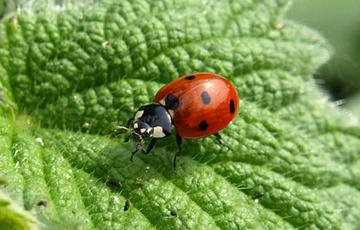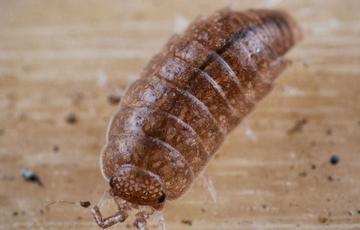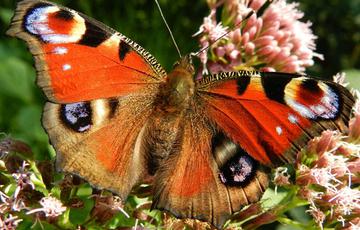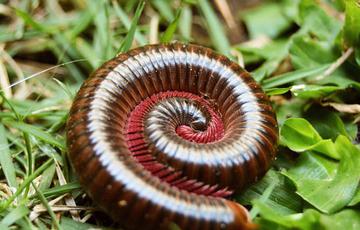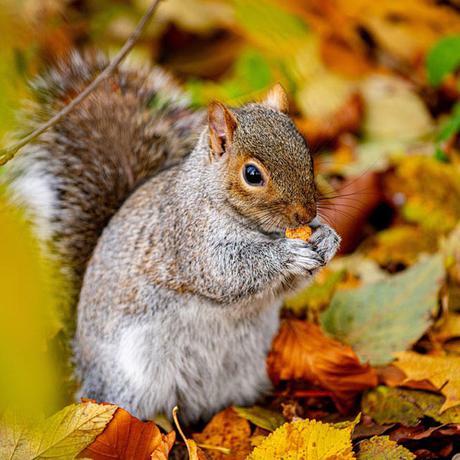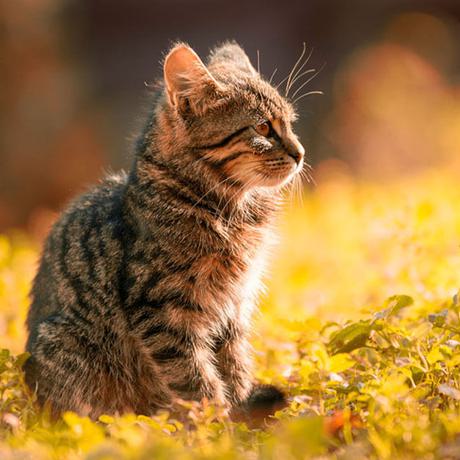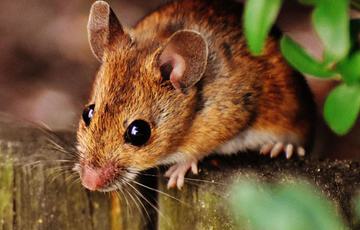Explore Urban Nature
ResourcesWe have created 5 resources to help you explore urban nature.
You can download each of the resources as PDFs by clicking on the links below. Alternatively the same information from the resources can be found further down on this page.
These resources have been produced in conjunction with the Natural History Museum and in partnership with Garfield Weston Foundation.
1. Pollinator Experiment
Downloads List
Download the Pollinator Experiment Sheet above, or alternatively the same information can be found below.
Pollinators are very important insects, they make sure that plants are able to make new plants.
As the insects visit different plants looking for food, they carry the pollen from one plant to another. This then allows plants to use the pollen to make seeds which then produces new plants!
Use the image gallery below to help you identify the pollinators.
(Images from pexels.com).

Image gallery
Experiment
- In groups choose an area around 1m by 1m. Make sure there’s some plants with flowers in there!
- Then count how many of the pollinators come to your area.
- Make sure to make a tally of numbers for each one! Here is an example of a tally chart showing a total of 7:

Pollinator Conclusions
- Which pollinator did you see the most?
- See if everyone in your class had the same results.
Using your findings fill in the table below (an example is also shown).
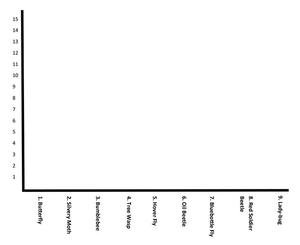
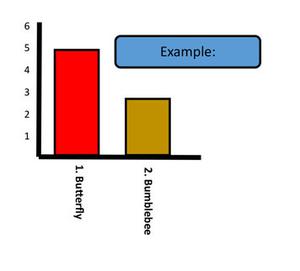
2. Search and Identify Animals, Birds and Insects
Downloads List
Download the Animal Search and Identify Sheet above, or alternatively the same information can be found below.
Use the image gallery below to help you identify the animals.
(Images from pexels.com).
Make a tally counting each one you find. Here is an example of a tally chart showing a total of 7:


Click on the images below to see the percentage chance of finding each animal.
Image gallery
Animal Search Conclusions
- Which Animal did you see the most?
- Why do you think there were so many of these animals?
- Think about: Habitat? Food? Warmth/Sun?
- Which Animal did you see the least?
- Why do you think there were so few of these animals?
Think about: Habitat? Food? Warmth/Sun?
3. Animal Detectives
Downloads List
Download the Animal Detective Sheet above, or alternatively the same information can be found below.
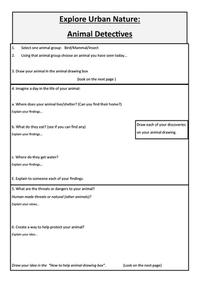
Animal Detectives Activity
- Select one animal group: Bird/Mammal/Insect
- Using that animal group choose an animal you have seen today...
- Draw your animal
- Imagine a day in the life of your animal:
- Where does your animal live/shelter? (Can you find their home?)
Explain your findings... - What do they eat? (See if you can find any)
Explain your findings... - Where do they get water?
Explain your findings… - Explain to someone each of your findings.
- Where does your animal live/shelter? (Can you find their home?)
- What are the threats or dangers to your animal?
Human made threats or natural (other animals)?
Explain your views... - Create a way to help protect your animal?
Explain your idea.
Draw your idea.
4. Seed Bomb Recipe
Downloads List
How to Make a Seed Bomb
Download the Seed Bomb Recipe Sheet above, or alternatively the same information can be found below.

Seed bombs are a great way to make a fun activity for children to take part in. By making the bombs, the children will enjoy the recipe aspect and learn about measurements, whilst also being taught about the importance of planting flowering plants for pollinators.
Ingredients
- Wildflower seeds, a good amount as they should last a few years. (Available from most garden retailers, or you could find some seeds from plants in a nearby meadow).
- A bag of peat-free compost.
- Powdered clay (from craft shops, or clay based soil).
- A Bucket of water.
- Tables or buckets for mixing.
- Some grass or soil areas you can plant your seeds
- 1 cup seeds
- 5 cups of compost
- 2 cups of clay
Recipe
- Mix together these three ingredients making sure the seeds are spread throughout.
- Start to add your water to the mixture, go slowly until it becomes sticky and won’t fall apart.
- Roll your mixture into balls, judge the size to make sure your class can throw them, you don’t want massive or tiny ones!
- Take your seed bombs and head to your grass or soil area. Spread the bombs between your class and throw them into the area.
Optional Experiment
If you would like to make this into an experiment, choose two or more areas to spread seed bombs.
In one area using trowels or forks break the soil apart and churn it up before throwing bombs. In the other area leave the soil or grass alone and simply throw the bombs in.
To take it further, you could choose some areas which are in constant shade or sun and do the same experiments.
Hopefully, through the year your class will be able to record any difference in the plants growing!
5. BioBlitz Day Guidance
Downloads List
Download the BioBlitz Guidance above, or alternatively the same information can be found below.
Have your school's own BioBlitz day
BioBlitz: where a group, or in this case a school, record as many types of different species they can find within one area on one day or event.
This can take place on school grounds, in nearby parks or as a homework to complete at home. By discovering the different animals and plants which live in your BioBlitz area, you will have a better understanding of the biodiversity and habitat which survives in your area.
For more information on BioBlitz have a look at our our BioBlitz blogs from Birmingham Museums Trust.
Or follow this link to see more information from the National Geographic: BioBlitz.
Make sure to record all your findings of different animals!
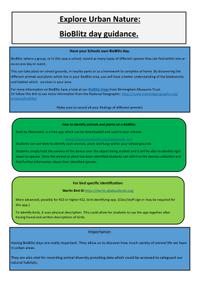
How to identify animals and plants on a BioBlitz
Seek by INaturalist, is a free app which can be downloaded and used in your schools.
Students can use Seek to identify each animals, plant and fungi within your school grounds.
Students simply hold the camera of the device over the object being studied and it will be able to identify right down to species. Once the animal or plant has been identified students can add it to the devices collection and find further information about their identified species.
For bird specific identification
Use this website: Merlin Bird ID.
More advanced, possibly for KS3 or higher KS2, bird identifying app. (Class/staff sign in may be required for this app.)
To identify birds, it uses physical description. This could allow for students to use the app together after having found and written descriptions of birds.
Importance of a BioBlitz
Having BioBlitz days are really important. They allow us to discover how much variety of animal life we have in urban areas.
They are also vital for recording animal diversity providing data which could be accessed to safeguard our natural habitats.

